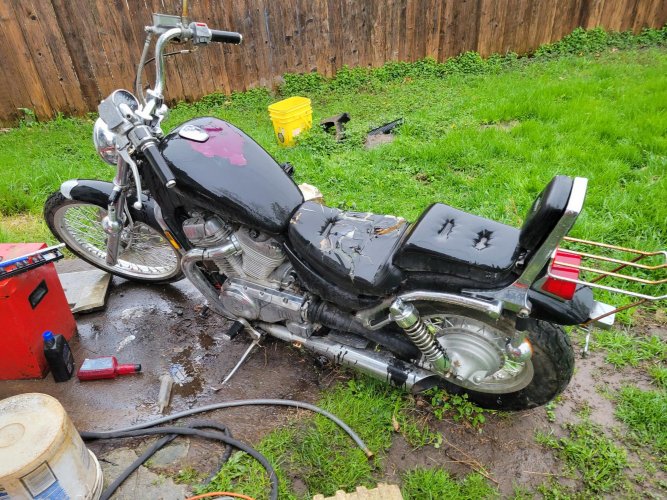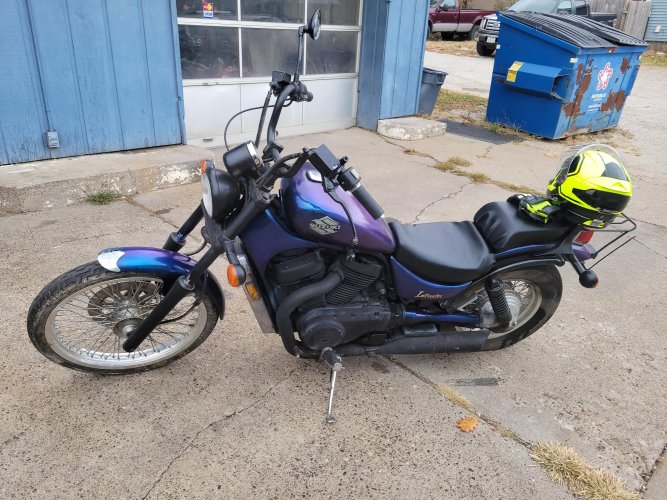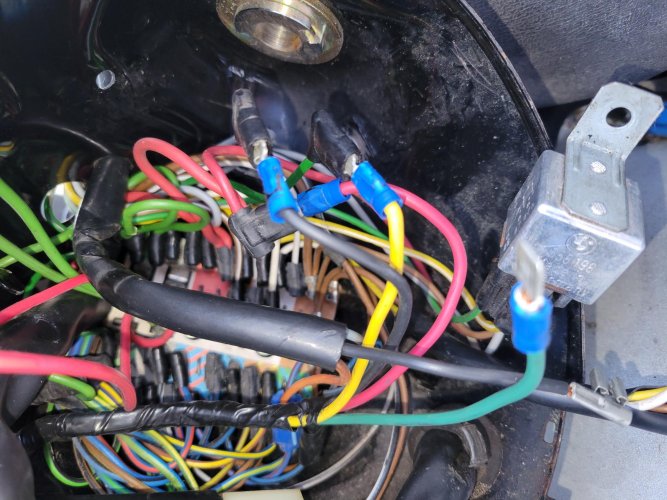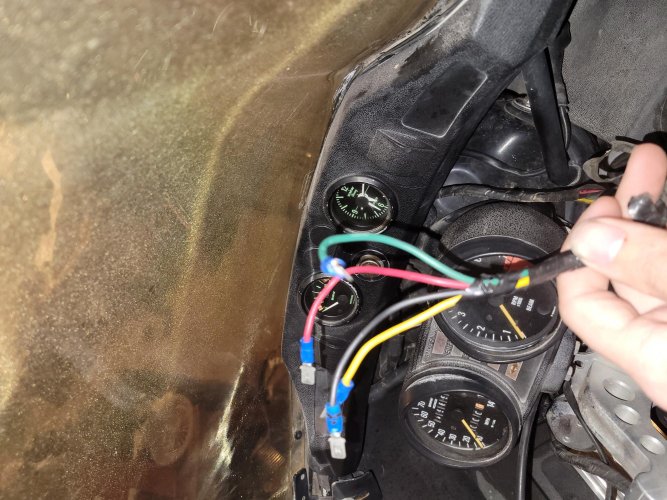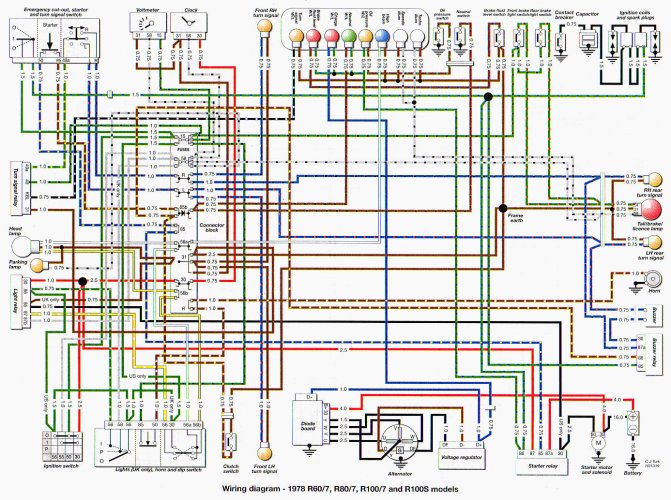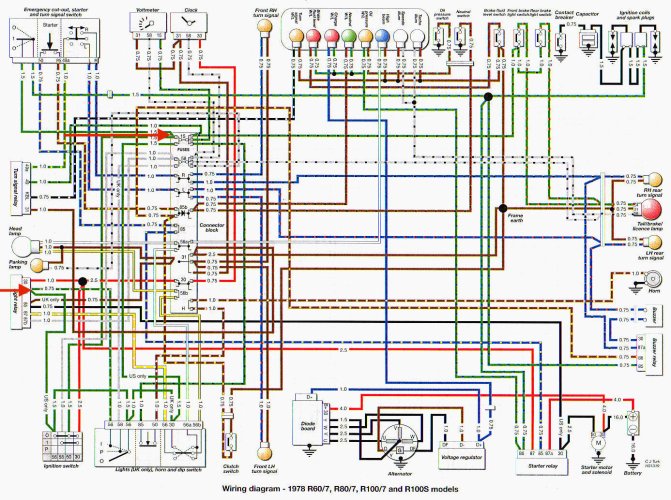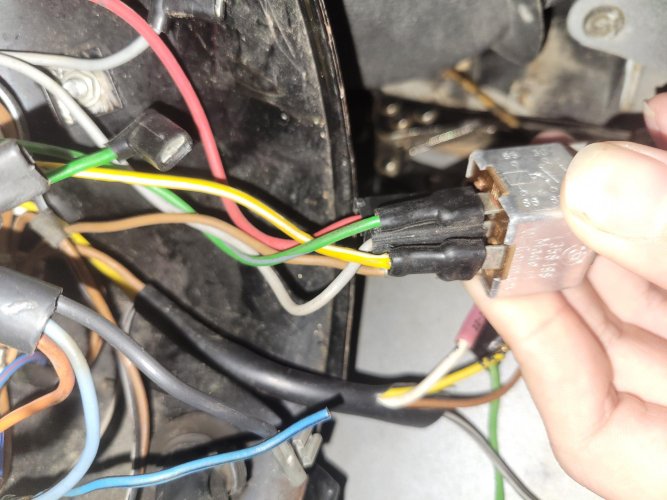zombiepotatosalad
New member
Well, look at it this way, if you do wait until next year, you have a whole lot of time to acquire knowledge, diagrams, parts and tools you will need for the project, maybe even a place to work.
In some cases a bike can be put back on the road with just a fresh tank of gas a charge of the battery and off we go. Sadly, the longer the bike sits, the condition it is exposed to in storage, the degree of previous owner's disease, skill, parts availability, make some restorations untenable.
I have seen a lot of people spend large amounts of time and effort to put BMW airheads back on the road. In some cases like mine, sentimental issues keep me doing so. In my case, I have slowly over time acquired the knowledge and tools so the cost and frustration is not so great.
To be honest, I would be hard pressed to purchase a non running bike to put back on the road even with all the advantages I have, it can become a nightmare and or a money pit. My friend at his shop has a lot more experience with the later. LOL, I think my bikes are money pits but I love them.
I hate to be a pain but maybe now is a good time to seriously think about just what it is that you want to accomplish? For a heck of a lot less effort and in some cases less money, perfectly sound good running bikes can be found from /2 to 95. To restore a bike or in some cases to just get a bike running requires a lot of effort. The six million dollar question is would you rather be riding a bike or working on it? LOL, in my case, winter is the time I am happy to have a bike to work on because I can't ride, but boy howdy in the spring summer and fall, I don't want to be in the shop. St.
Well, as for cost... I got this bike for free. So far, the only money I've had to put into it is a pair of carburetor float gaskets. All the parts are there. That's why I took it, as being on disability and having a part time job, I don't really have money to throw around to buy a bike in better condition. So, I get old cast-offs and fix them and sell them, that's how I bought my first car. My last project is a 1989 Suzuki Intruder VS750 that I saved from an impound yard. It didn't need any engine work, just a fresh battery, paint, and new seat covers. I bought it for $300, and did all the work myself in the backyard. There's also a bit of a story behind it. Here's some before and after pictures.
